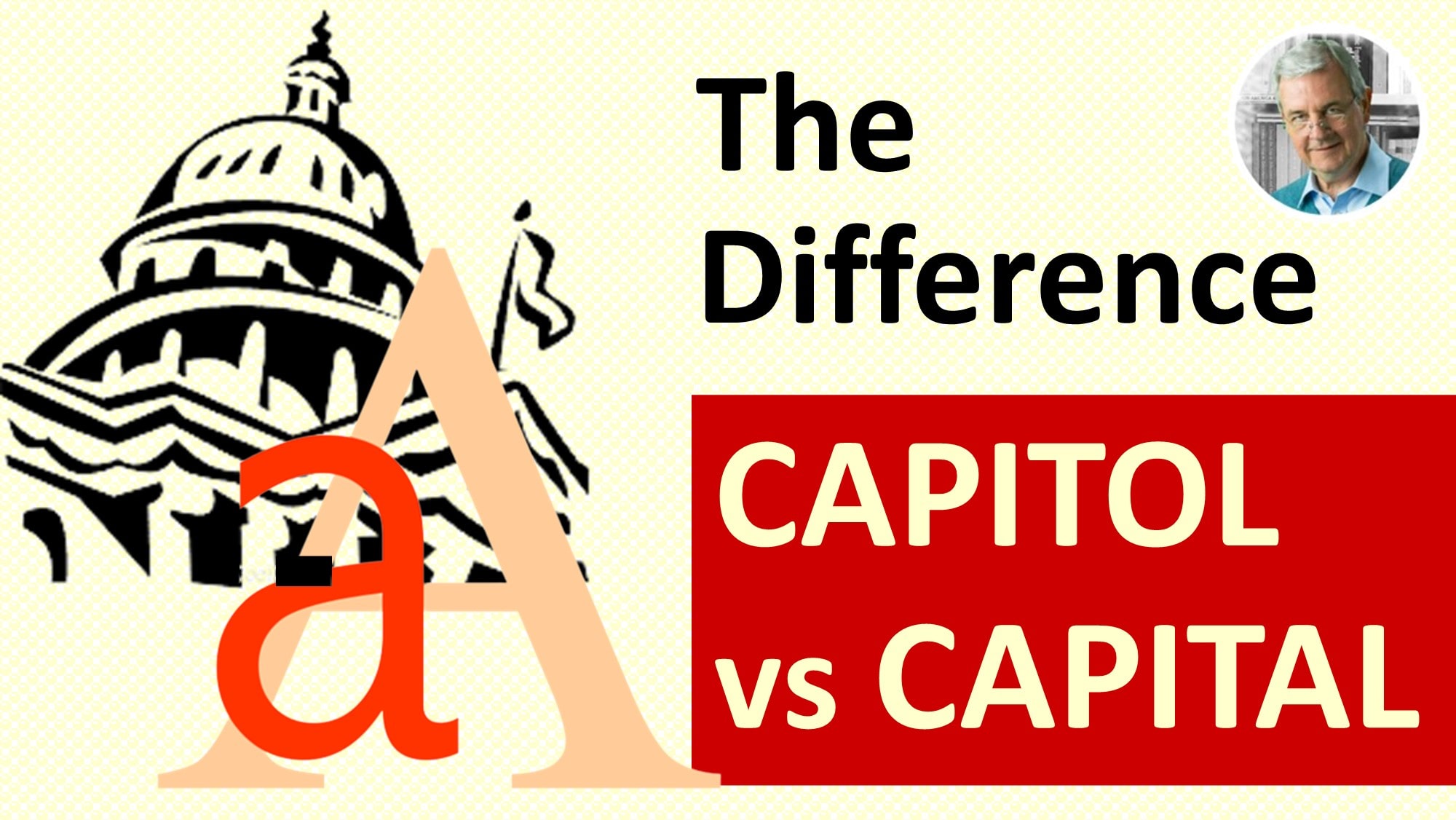IF or WHETHER – How to Use Correctly
Here is a transcript of the video: “IF or WHETHER – How to Use Correctly”
Slide 2:
Just a quick reminder:
Continually IMPROVE YOUR ENGLISH
Click the subscribe button
the Bell icon
All
Slide 3:
When to us IF and WHETHER
These words can be used interchangeably but not always.
There is a general rule which can help:
Use IF to introduce a CONDITION
Use WHETHER to refer to a choice or alternatives
Here is an example with IF
Slide 4:
Sentence example: “If this weather keeps up, we won’t be going anywhere today!”
Here IF introduces a condition. The rainy weather will affect the decision of whether the person can go outside today.
Now an example using WHETHER.
Slide 5:
Sentence example: For dessert, she wasn’t sure whether to go for the Crème Brûlée or the Tiramisu.
Here WHETHER is used regarding the choice. There are two alternatives for dessert.
Slide 6:
Let’s dig deeper . . .
Slide 7:
While IF and WHETHER can sometimes be used interchangeably,
Here are two situations when you can only use WHETHER:
After a preposition
After an infinitive verb (any verb preceded by the word ‘to’)
Slide 8:
Sentence example: She was thinking about whether to enrol in an online MBA program to create more job opportunities.
Notice WHETHER follows the preposition “ABOUT”. You wouldn’t say “She was thinking about if to enrol”.
Here’s another example:
Slide 9:
Sentence example: As his friend was not very reliable, he didn’t know whether to believe him.
Notice WHETHER is used after the infinitive verb “TO BELIEVE”. You wouldn’t say, “he didn’t know if to believe him.”
Slide 10:
A common use of whether is in an opposite alternative –
“WHETHER OR NOT”
Here’s an example: Looking at the cloudy sky, he wondered whether or not to take his umbrella.
Slide 11:
In the picture we see a bouquet of flowers.
Sentence example: Sending flowers in times of tragedy seems a powerful way to express sympathy.
Slide 12:
So in summary, ‘IF’ and ‘WHETHER’ can be used interchangeably in some sentences but not in others. To avoid errors, use ‘IF’ to introduce a condition, and ‘WHETHER’ to refer to a choice or an alternative.
Use ‘WHETHER’ before a preposition OR after an infinitive verb.
Use “WHETHER OR NOT” for an opposite alternative.
Final note: Where “WHETHER” or “IF” are interchangeable, choose “WHETHER” in formal writing.
Slide 13:
Has this video helped you?
LIKE | SHARE | COMMENT NOW!
Slide 14:
Build A Powerful English Vocabulary
with my FREE course on UDEMY
Go to: http://goodenglish.online
Image Credits
Slide 4 – rain
Royalty Free
FreeProjectPhoto
https://morguefile.com/p/672147
Slide 5 – menu
Royalty Free
Photo by cottonbro studio:
https://www.pexels.com/photo/man-in-green-button-up-shirt-beside-woman-in-white-sleeveless-top-4255391/
Slide 8 – woman thinking
Royalty Free
Daniele La Rosa Messina
https://morguefile.com/p/1206023
Slide 9 – skeptical man
Royalty Free
https://www.pexels.com/photo/man-in-black-long-sleeve-shirt-13201357/
Slide 11 – umbrella
Royalty Free
GaborfromHungary
https://morguefile.com/p/851459
Regarding the use of illustrations and photographs used in this video:
Royalty Free
The image may be used for almost any business, personal, educational or charitable purpose as long as a credit is published to the creator of the image.
If you are interested in how to use IF and WHETHER correctly, be sure to check this page in The Correct Word Usage Guide:
The Difference Between SYMPATHY and EMPATHY


